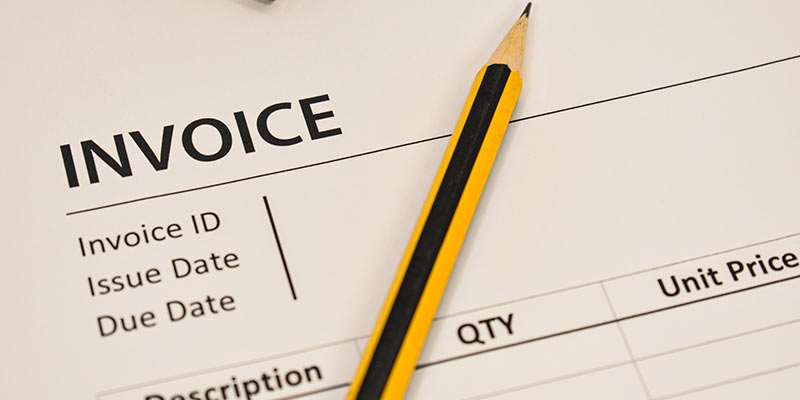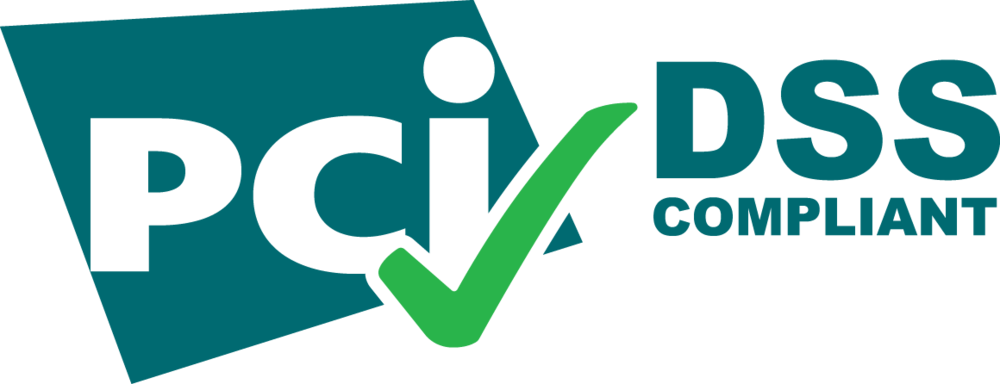If most of your invoices are written in hope rather than expectation then you may be asking to be taken advantage of by customers who have a reputation for dragging their heels when it comes to making payment.
For most SME’s late payment of invoices seems to be par for the course, and invariably many of us are either just too damn nice to put the foot down, or in some instances discouraged by sales from chasing too hard for fear of “upsetting the customer”. In a way it’s understandable, after all, the customer could be a key account or have taken weeks if not months to land, and so the last thing you want to do is jeopardise the relationship.
Whilst some customers can take their time to settle an invoice, or commonly in the case of larger businesses pay to their terms and not yours, they often supply you with a fair amount of repeat business, and so you are probably reluctant to rock the boat too much provided you’re aware of when the payment is going to be remitted.
However, that doesn’t ease your frustration at late payments which clog up the cash flow of your company.
If you want to ensure prompt payments, the answer may lie in how you construct your invoices. Putting more time and thought into your billing process can lead to a quicker turnaround time when it comes to collecting the cash.
Try following these tips for how to write effective invoices and get paid quicker:
Choose the right template
It may be hard to believe but every individual aspect of an invoice has an influence on how your customer views it. Chances are you will be using a well-worn invoice template from a software package. Everything from the layout to the font can be decisive when it comes to putting together an effective invoice. Font likes Helvetica and Arial are clean, clear and easy to read and are recommended when deciding on an invoice template.
An effective invoice should be uncomplicated and have the pertinent information clearly presented. Your invoice checklist should include:
- Payment due date
- The amount to be paid
- The account to which payment should be sent
- Description of the service or product provided – What is the invoice for?
- Terms and conditions
- Purchase Order Number where required
Make a date
An invoice should include a clearly defined due date which in turn will offer clarity and create a sense of urgency in the customer. These days, a lot of companies do confirm their payment terms on the invoices sent, or at the very least include some form of text advising that “payment is due 30 days from the date of invoice” for example. But with so many different payment terms available, (examples of which can be found at https://www.mycreditcontrollers.co.uk/Articles/list-of-invoice-payment-terms.html) including a clear due date avoids any confusion of when payment should be received.
There are however those businesses that don’t include their payment terms or a due date on their invoices at all. The reasons why can vary, from system capabilities, incompetence, or simply having the utmost trust and faith that the customer will pay their invoices in a timely manner – which just so happens to coincide with the suppliers standard terms of payment.
Whether you include the payment terms or simply believe that Jill in Accounts Payable has psychic attributes which allow her to know exactly when payment is due, confirming the actual due date on your invoices will undoubtedly help speed up the process and provide clarity to the customer. For example, if your invoice is dated ‘July 1st’ then you should confirm the due date as ‘July 31st’.
Consideration should also be given to the customers Accounts Payables processes too. Confirming whether a Purchase Order Number is required and including the relevant PO number from the outset will save both you and your client time, and furthermore help to reduce your businesses DSO.
By including the correct Purchase Order Number on the invoice, you will in effect reduce any potential payment delay as a result of not supplying the required information. Including not only a PO number but the correct PO number will unquestionably speed up the approval process and ensure that your invoice is in the system ready for payment. Including the Purchase Order number on your invoice from the outset will also remove the need to reissue the invoice once again, saving your Controllers time thus increasing productivity.
Carrots and sticks
Where there is a particular focus on cash flow you may wish to incentivise customers by offering a reduction on their invoice. Provided that the customer makes payment before the due date sliding scale discounts often prove favourable to both the supplier and customer alike.
For example, if your payment terms are 30 days from the date of invoice you may wish to consider offering a 10% discount provided that the invoice is settled within the first 7 days.
Invoices which are paid between days 8-14 may attract a 5% reduction.
Likewise, you should also reserve the right add additional charges for those who fail to pay by the due date as this will help offset any administrative costs you incur due to a late payment.
Push online payments
With an automated system you can program your invoice software to automatically send out statements and reminders thus encouraging and prompting customers to make payment of the balance outstanding.
Implementing Agile’s Online Payment System and including the appropriate weblink on the correspondence issued would enable your customers to make payments via a secure web-based portal online any time day or night, following which payments made via the Online Portal will be reconciled automatically onto your sales ledger / ERP system without any manual intervention from your Accounts Receivable team.
Providing such a simple and easy channel in which to make payment and obtain copy documents not only improves the customers experience, but also significantly improves productivity and efficiency within the Accounts Receivable function.


